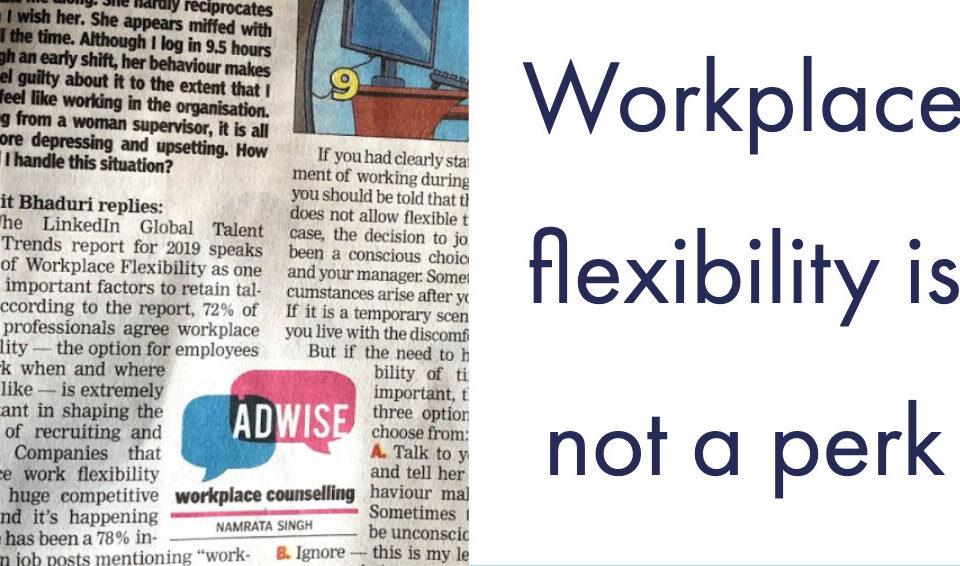Very often organizations launch an initiative with great fanfare. When the dust settles, people move on to their desk and carry on doing their work as usual. Genpact seems to have found a way to sustain this massive exercise. The leadership team has taken it upon themselves to celebrate learning and the people driving the agenda - the employees.The CEO of Genpact recognizes the gurus and experts in every town hall. He celebrates the guru who has done the maximum amount of skill building. The clients are told about this. The CHRO and the Chief Innovation Officer talk about Genome to the clients and the employees at every possible opportunity. The result is that skill building is not a metric tracked by the L&D team, the agenda is part of the business conversation every day.
Mentoring someone needs someone to have the skills as well as the desire to invest time and commit towards your success. Else many mentors simply use the time to tell the mentee about their own achievements. Being a good listener and having empathy makes someone a good mentor.Create a Board of Mentors from your own organization. Build a set of 4-5 people you will seek advice from. I have always had a group of mentors to learn from. I find it wonderful to get a variety of ideas and perspectives on the same problem.
To help employees build the habit of learning, providing them some slack time to learn and reflect plus the opportunity to try it out at work and get feedback.
The outplacement firm acts as a bridge between the last employer and the potential employer. More often than not, the discharged employee tries to land a role in a firm within the industry. However, that is not always the case. In fact, post-layoff is a great opportunity for individuals to use this event as an opportunity to change to a different industry or to stay within the same industry but change roles. Finally, the most liberating option may be to use the career coach to explore a transition to a completely different career altogether.
Narcissists focus on looking good themselves. They often do not grow the second line of leaders, so that there is no one who has the “stature to challenge their decisions”. Many start-ups are as guilty of not investing in building a second rung of empowered and capable leaders.There could well be a better choice than choosing between the two extreme leadership models that we have seen. The price is paid by the employees and common investors. This must change.
2 out of 3 people in the workforce in developing countries lag behind in at least one of these three skills. The educational institutions are lagging behind in most of these countries. That means having a degree is no guarantee of employability. The skills required to do most jobs are evolving quickly. The employers in every country need to invest in upskilling, reskilling, and deep-skilling the employees on a continuous basis.
People are the greatest competitive advantage. Yet most companies struggle to recruit, train and retain capable workers. Nothing seemed to have changed since 2008. Here is what NYTimes found in 2008"Managers surveyed by the firm blamed everything from short-term financial pressures — which keep them from investing in talent development — to less-than-capable human resource departments for the persistence of the problem."
Advertising agencies are judged on two parameters. The clients evaluate them on the impact they had on the additional sales and trust in the brand. The peers compete on the number of awards won. The industry judges the agency on the thought leadership and breakthrough thinking. The senior leaders are judged on the number of awards the team members have won under their leadership. If work is going to be all about creative output, maybe it is time for performance management to be designed along with people who have figured out how to evaluate and nurture creativity – the mad men.









